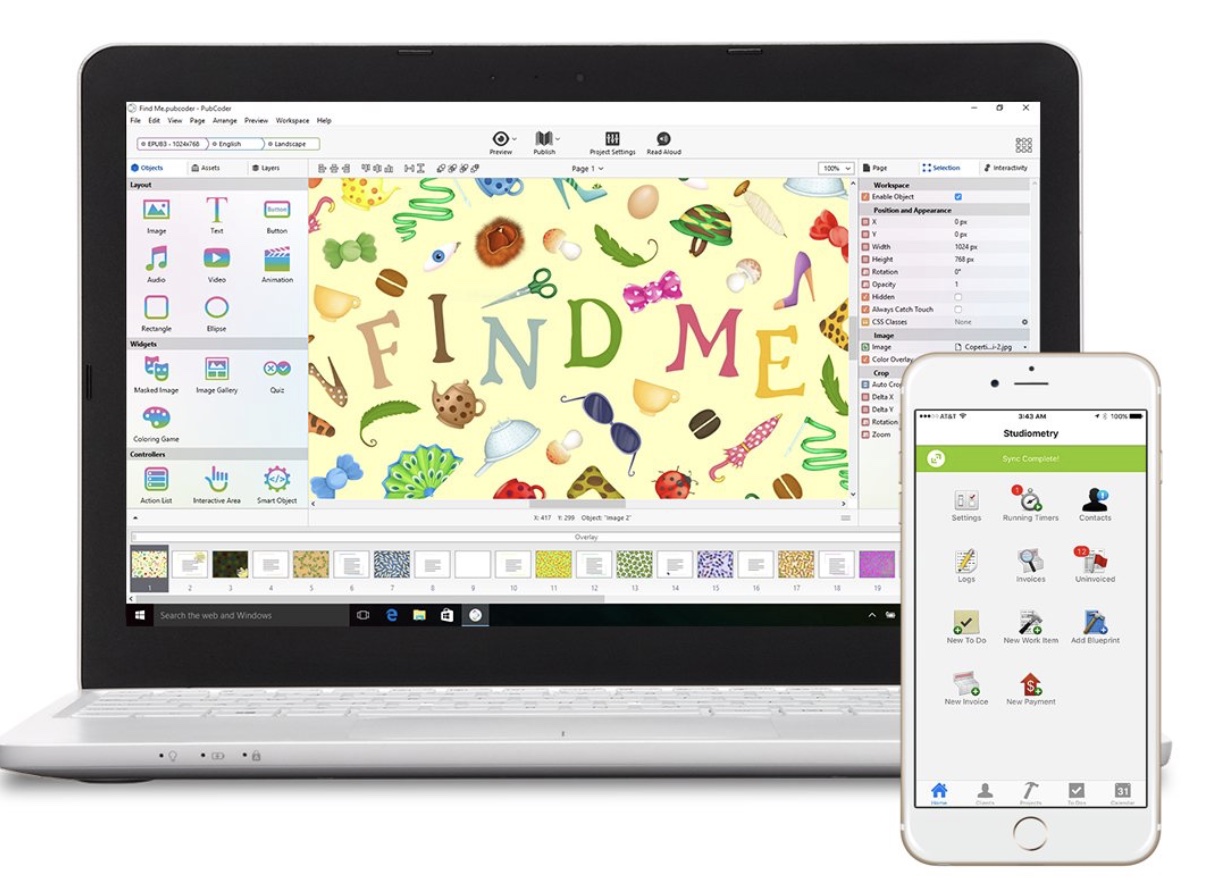

In this chapter, we will explore the vision of the Fyne toolkit and how it builds on the Go language to create an easy-to-use, cross-platform GUI toolkit. By the end of this chapter, you will be familiar with the benefits and challenges of GUI toolkits in approaching cross-platform app development.Ĭhapter 2, The Future According to Fyne, introduces the Fyne toolkit and its approach to supporting all operating systems, with a Material Design-inspired user interface look and feel. We look at the different approaches to cross-platform development and why it is important. What this book coversĬhapter 1, A Brief History of GUI Toolkits and Cross-Platform Development, contains a short reminder of the history behind graphical applications and how the toolkits used to develop them have evolved over time. At the time of writing, the platforms that Go runs on includes Windows, macOS, Linux, Solaris, and other popular Unix-based operating systems (which is essentially all desktop personal computers) along with iOS, Android, and other Linux-based mobile devices (and even tiny embedded computers via TinyGo). This means that a Go-based project can be built on any computer for any other computer, using the standard tools, with no need for complex build configurations or extra developer packages to be installed.
#XOJO 2014 CODE#
What stands out about Go compared to other languages that are popular with GUI developers is that it manages to support a long list of operating systems while compiling, without any alterations or special adaptation, to native code on every platform. This is important for graphical applications as it’s the best way to create the most responsive and smoothest user interfaces on mainstream computer hardware. Simple cross-platform code Go is a language that (like C, C++, Swift, and many others) compiles to a native binary on every platform it supports. This is a quote from the book “ Building Cross-Platform GUI Applications with Fyne”:
#XOJO 2014 SOFTWARE#
These are recent VB6 compatible software in development with form designers:Īnd a VB.Net compatible newcomer which integrates with Visual Studio:Īnother possible alternative is Golang with one of several GUI Frameworks like Fyne or GUI. QB64 (QuickBasic64) with a C++ compiler, appears to be mostly geared for gamingĪGK Studio Level I Basic language with Level II C++, geared for gamingįreeBasic one of the most C-friendly Basic-derived implementations with OOP and many IDE choices such as WinFBE. Some are very popular with a large online presence and being updated frequently.ī4X (Basic 4 X, Basic 4 Android, Basic 4 Java …) Basic-like language implemented on the JVM).

Thomas Kurtz is still alive (93 years old). TrueBasic by the original creators of Basic. PowerBasic development essentially stopped when the creator passed away. Some Basic implementations haven’t been updated in a long while. I believe once fully implemented it should provide them with a lot more flexibility.Īs far as other possibilities, here’s a partial list: Yeah, it looks Faintaisie Software are busy tweaking the C-backend for PureBasic and have put SpiderBasic(Web) on the back burner for now. So that may be the impetus needed for those on the fence to migrate to alternate solutions. Example images and the ways to use them in programs.Well, it appears that Xojo has raised its pricing effective today. Twelve chapters and over 400 pages of code to build 50 example programs. What is included with the purchase of this book: Text, Chart Fundamentals, Objects, 2D Objects, Graphics, Blurring, Cropping, Gaussian Blur, Building basic controls, Animation, and there are two games with step-by-step code explanations to help you build your own. By the time you finish the book you will be able to apply skills from these examples to create your own programs! Examples were tested on Xojo 2014 r2.
#XOJO 2014 WINDOWS#
The examples have been tested on Windows 7, 8.1, OS X 10.9, and Ubuntu 14.04 (32-bit) operating systems. All of these examples are created with native Xojo code and does not use any third party programs. The focus of this book is to work with topics related to the Canvas control.
#XOJO 2014 HOW TO#
*I Wish I Knew How To… Program the Canvas Control with Xojo Desktop* will provide you with the ability to learn how to modify pictures, graphics, make animations, and how to make two games.


 0 kommentar(er)
0 kommentar(er)
